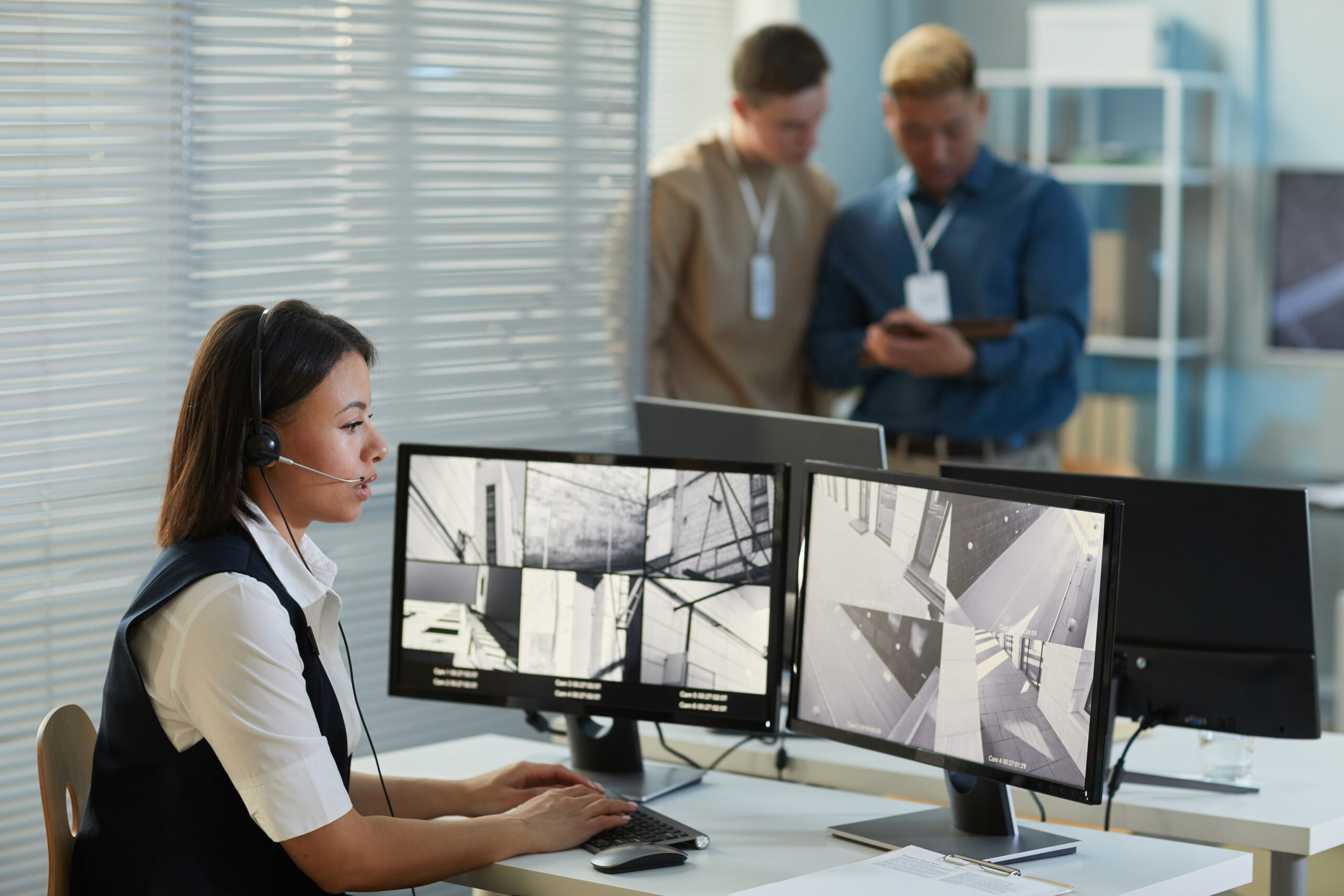Understanding the Basics of Video Recording: What Is an NVR and How Does It Work?
Understanding the Basics of Video Recording: What Is an NVR and How Does It Work?
When it comes to video monitoring, technology has evolved well beyond the days of bulky VHS tapes and limited storage capacity. Central to this evolution is the Network Video Recorder (NVR). This sophisticated security equipment serves as a cornerstone of modern video monitoring systems, providing a digital storage solution bound to the convenience and efficiency of network-based technology. Keep reading to learn more about this advanced video recording technology.
Understanding Network Video Recorder Systems

So, what is an NVR? An NVR functions by receiving video streams from network-connected cameras across a local area network. Unlike digital video recorder (DVR) systems, NVRs do not encode video data—instead, they store video that has already been processed and encoded at the camera level. This means that the NVR can be located anywhere within the network’s reach without the need for direct camera connections, offering greater flexibility in installation and scalability.
A network video recorder does more than just store video files. At the core of its functionality is a highly efficient processing system designed to receive and manage digital video streams. This lets users view live feeds from multiple cameras simultaneously, making it possible to monitor a much larger area effectively. Additionally, NVRs typically support high-definition recordings, providing a clear and detailed visual account of the activities captured by the cameras.
The sophisticated software integrated into NVR systems further enhances their utility. Most NVRs include features that allow for intelligent video analysis, such as motion detection, tamper alerts, and face recognition. Many modern variants are also designed to be user-friendly, with intuitive dashboards and simple navigation that demystify complex configurations and system settings. This ease of use is vital for ensuring security personnel can swiftly respond to potential incidents.
The Advantages of NVR Systems in Modern Security Systems

The rise in popularity of NVR systems within the security industry can be attributed to their myriad advantages over traditional video recording methods. Primarily, the high-resolution footage capabilities of NVRs translate into clearer images with more detail, which is essential for identifying individuals and actions in security footage. This superior video quality is especially critical when footage is used for legal evidence or investigative purposes.
Scalability is another significant benefit of NVR technology. As businesses grow and their security needs change, an NVR system can easily accommodate additional cameras without a complete overhaul of the existing infrastructure. This flexibility stands in contrast to older systems, which often require extensive cabling and can become quickly outdated or insufficient with expansion.
Moreover, the storage capacity of NVR systems is both vast and efficient. Advanced video compression techniques and storage management options allow for the effective handling of large amounts of data. This capacity is extendable, with options for additional internal or external storage or even offsite storage solutions such as cloud services, which facilitate improved data recovery and protection measures.
Lastly, NVRs offer better cyber security features to protect against unauthorized access and data breaches, which is a growing concern in digital age security. Regular software updates and the application of strong network security protocols ensure systems are not exploited as entry points into the larger network infrastructure. Consequently, the integration of robust security measures is a fundamental consideration in the development of contemporary NVR systems.
Setting Up Your NVR for Optimal Performance
While NVR systems promise advanced capabilities, optimal performance is contingent upon proper setup and configuration. The initial step of establishing an NVR system is identifying the best installation location. This should factor in proximity to power sources, the network, and coverage areas of the cameras. Choosing strategic positions for cameras is crucial to enhance the coverage and effectiveness of the system.
Following the physical setup, configuring the NVR software is the next vital phase. This process involves assigning IP addresses to each camera, ensuring each device is recognized and communicable within the network. Network settings should be optimized for bandwidth management to prevent overloading the network, especially when high-definition streams are in use.
Storage management is a key area of focus during the setup process. It’s essential to adjust settings such as recording resolution, frame rate, and motion-detection sensitivity to maximize storage space and maintain desired video quality. Assigning recording schedules for each camera will ascertain that the NVR captures critical footage while conserving space and resources.
Overall, the benefits of NVR systems are compelling for both new and existing video setups. With enhanced flexibility, scalability, and video quality, they offer a contemporary solution that meets the dynamic needs of modern security protocols.



